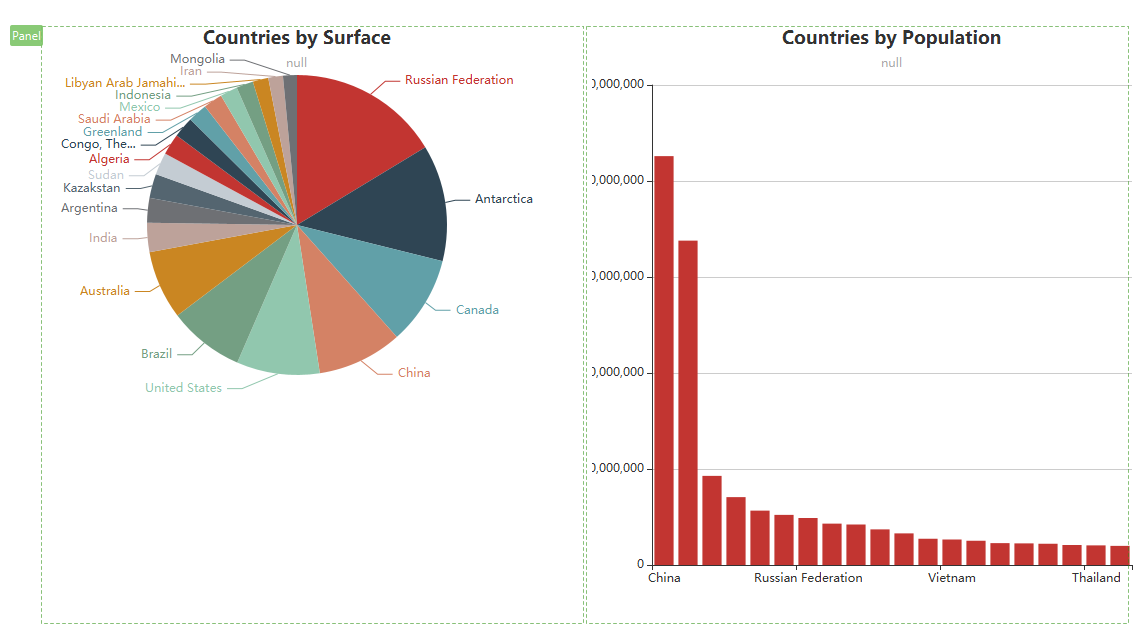
The Scaffold-DbContext is the command is used to generate the model from the database. You can also download the adventureworks database from and use it. We will use the EFCoreMigration database, which we created in the previous tutorial. Goto to the solution directory and run the following command to install To Tools to work correctly you need to install the package. You can download the SDK from the link Previous Versions NET Core SDK version 2.1.300 or newer you do not have to do anything. If you are not using windows OS, then using the command line tools is the only option available to you.

The Command line tools run from the command line does not require the Visual Studio. In ASP.NET Core 2.1 and above, these packages are automatically included by the Visual Studio 2017, when creating the project. This package actually contains the command to scaffold an existing database by reverse-engineering the schema of a database. Installing the above package also installs the package. We use these tools inside the Visual Studio NuGet Package manager console.

In most of the scenarios, you may have to start with an existing database. You will work with the new database only if you are working with a new project. Also, learn how to use ef core migrations to create & update the database. Anyway, searching for _dbschema will be the easiest way to find and replace all occurrences.You can refer to the tutorial on how to create a simple Entity framework core console application. It is however also possible, that you globally declared a default schema, that should be used for all model classes. ToTable("tbl_tokencache", "_dbschema") // should be.

Protected override void OnModelCreating(ModelBuilder modelBuilder) } or are using a FluentAPI definition similar to the following: Since this happens in the CreateTableOperation of the table tbl_tokencache, it is likely that you either have the data annotation attribute Table declared for a model class like

Replace all occurrences of the string with null. To find the locations in your code, where you tell Pomelo to use the _dbschema schema, just execute a search inside your solution for _dbschema. Since MySQL does not support the EF Core concept of schemas, your cannot use them with Pomelo. For example, SQL Server supports different schemas inside a database (with the dbo schema being the default). While in MySQL, a schema is just a synonym for a database, in EF Core, a schema is an organization unit inside a database, that e.g. It means, that you seem to explicitly told Pomelo to use a schema with the name of _dbschema somewhere in your code.


 0 kommentar(er)
0 kommentar(er)
